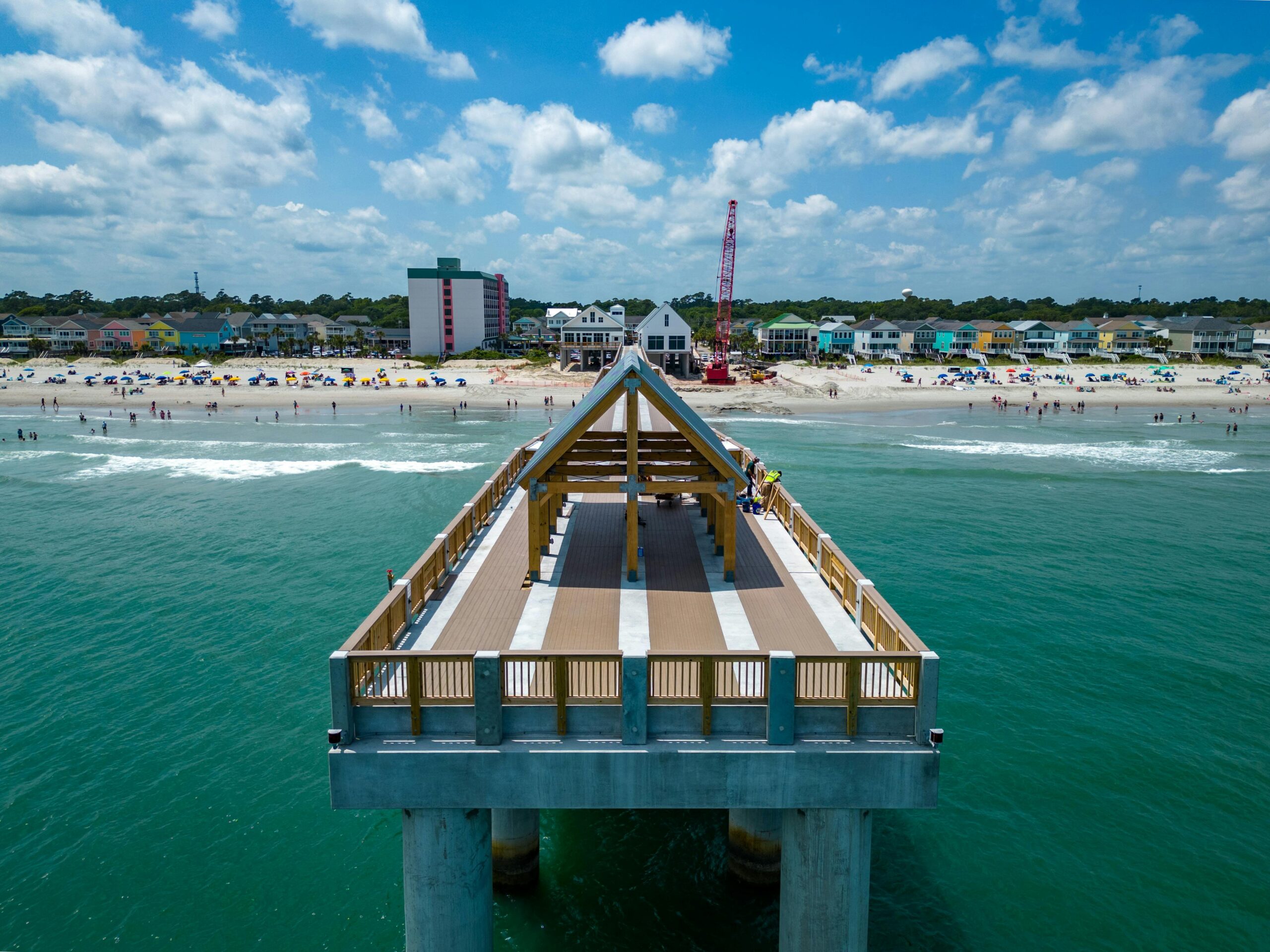The temple of Zeus at Olympia and the statue of Zeus were both considered as one of the greatest wonders of the ancient world. The temple was built in dedication of Zeus and was considered as one of the most magnificent structures of its time. The statue of Zeus was also one of the most impressive works of art of ancient times. In this article, we’ll delve into the history of the temple and the statue, their significance, and their current state.
Temple of Zeus
The temple of Zeus at Olympia was built near 470 BC and completely finished in 456 BC and it was built for the memorable for defeat of pistons in 470 BC. It was designed by Lisbon of elis. Later it was mounted by the statue of Zeus, which was added to the temple at 435 BC. The temple was destroyed due to high earthquake in the fifth century. The temple was built using limestone which is covered with stucco, built in a rectangular platform of approximately 210 ft and 92 ft . This awesome work of art was designed and carved out by the famous sculptor Phidias.
About the Statue
The statue was 40 feet high and the Zeus looked like sitting on his throne. The ornaments worn by Zeus were made full of gold and his skin was made of ivory. He also has a wreath that surrounds his head. He has a rod on his left which the rod contains an eagle image.
Unfortunately the statue no longer exists. It was not there. Which was after the Olympic games was banned in 399 BC by the emperor Theodosius and the temple of Zeus was forced to close. It was further destroyed by earthquakes, landslides and floods and also later the temple was damaged by the fire.
Transportation of the Statue
Then earlier the statue had been transported by rich Greeks to a palace which is located in Constantinople. There it was kept safe; later it was destroyed by a sever fire in 462 BC. Although now there nothing remains in the old temple except rocks and dusts.
Significance of the Statue of Zeus
The statue of Zeus was not only considered one of the Seven Wonders of the Ancient World, but it was also a symbol of the power and might of the Greek god. Zeus was considered the king of the gods and his worship was central to ancient Greek religion. The statue, with its impressive size and opulent materials, was a testament to the importance of Zeus in the Greek pantheon.
Discovery of the Temple Ruins
The ruins of the temple of Zeus were discovered in the late 19th century by a group of German archaeologists. The excavation revealed the foundation of the temple, as well as some of the sculptures and decorations that adorned it. Many of these artifacts are now housed in the nearby Archaeological Museum of Olympia.
Olympia and the Olympic Games
Olympia, the site of the temple of Zeus, was also the birthplace of the Olympic Games. The ancient Olympics began in 776 BC and were held every four years in honor of Zeus. The games included athletic competitions, such as running, wrestling, and discus throwing, as well as religious ceremonies and sacrifices. Today, the modern Olympic Games continue to be held every four years, though they are no longer dedicated solely to Zeus.
Conclusion
The temple of Zeus and the statue of Zeus are two of the most historically significant works of art of the ancient world. They were both created in dedication of Zeus, who was considered as the king of gods in ancient Greek religion. While the statue of Zeus no longer exists today, the ruins of the temple can still be visited in Olympia. The temple and the statue are a testament to the power and might of Zeus and the significance of his worship in ancient Greek culture.











